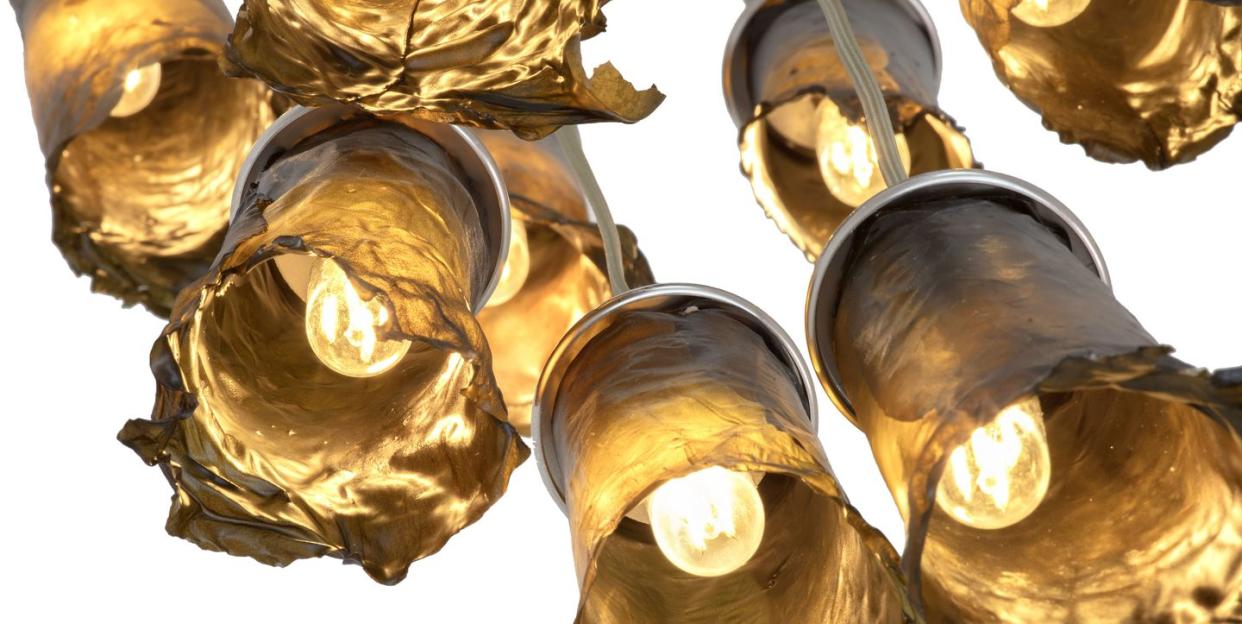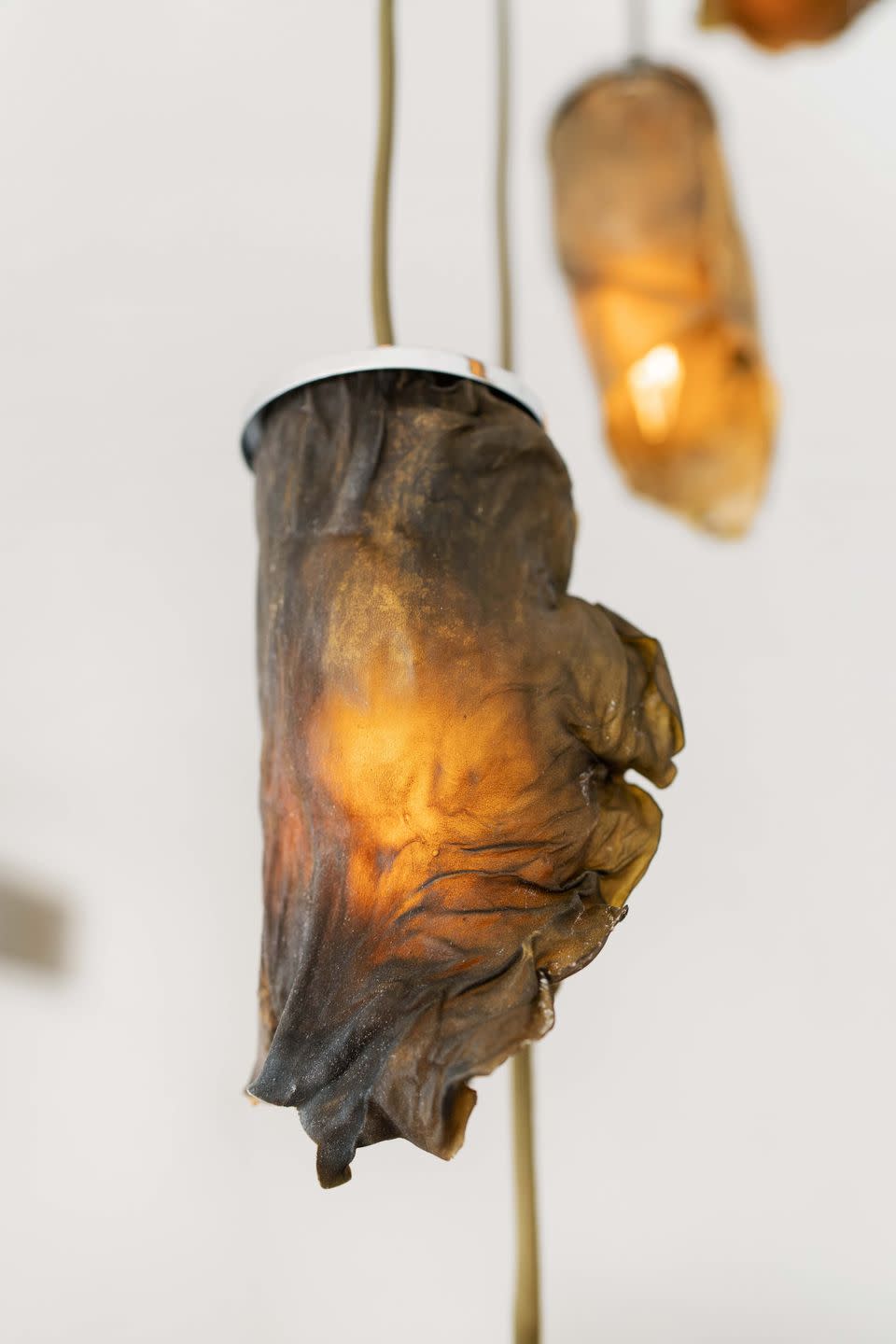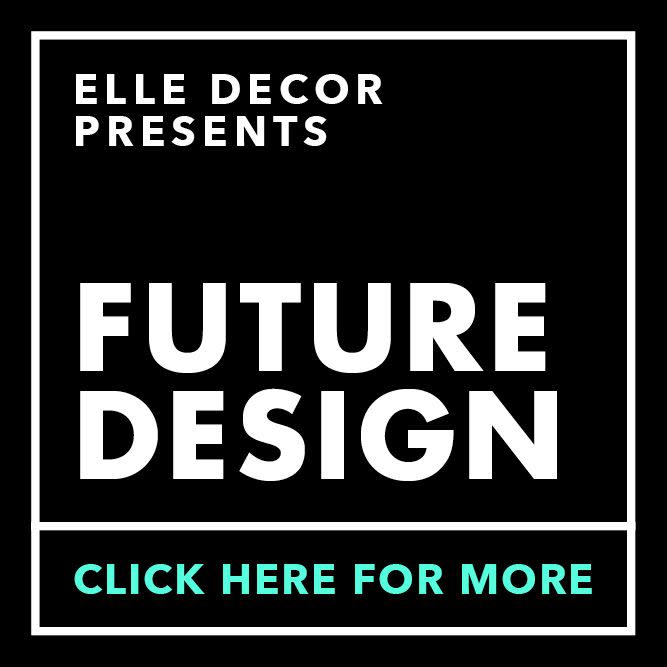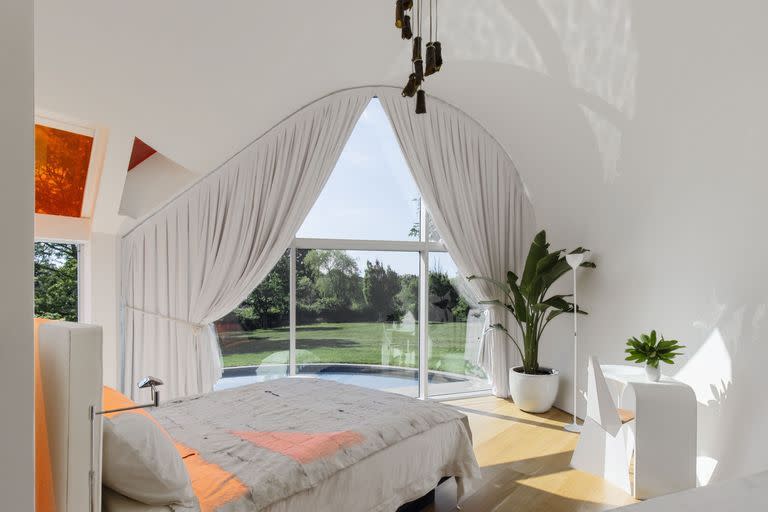You’ll Never Guess What These Lamps Are Made Of

In her pursuit of sustainable and solar design, New York architect and designer Nina Edwards Anker, of NEA Studio, takes her cues from nature, working primarily with organic materials. Her aptly named Beanie sofa, for example, is filled with organic latex and lentil beans. But technology and experimentation play a prominent role in her work as well—in fact, it took several years of research for Anker to perfect one of her most unusual and intriguing designs: lamps with shades made from algae.
Anker’s translucent algae lamps, made of that ever-present green marine life-form sourced from Northern California, are organic in composition and shape, offering a warm glow and a moment of sculptural beauty for any room. Here, Anker chats about these lamps and her relationship to sustainable design.
ELLE Decor: What sparked your interest in sustainable and solar design?
Nina Edwards Anker: When I started my office in 2006, I was living in Norway, and I was very influenced by the Norwegian traditions of architectural culture. They tend to build small and take advantage of nature.
When you design a new piece of furniture or lighting, what are your objectives?
For furniture, my objective is ergonomics. Take the Crystallized chair, for example. The back of the chair cradles you enough to give your back good posture, but it’s also soft enough to support good movement.

What qualities must a piece of furniture or lighting possess in order to be considered eco-friendly or sustainable?
It must be recyclable and, if possible, derived of primary materials, like wood and stone. Organic materials serve as design pieces to remind you of nature. I’m also really interested in translucent materials.

Tell me about your translucent algae lamps.
Algae is a material that reminds us of the ocean. The lamps are molded very simply by dipping the sheets of algae in water and molding them around glasses. The bottom edges unfurl according to their own organic nature, so each piece is individual. However, it took us many years of research to develop the surrounding materials.
How long did it take you to perfect the spray you use to treat the algae?
About five years off and on. We didn’t want the spray to be too glossy or thick, so we kept trying variations in the solution. It leaves the algae a little bit squishy—not brittle at all.
How have you used the lamps in your latest home project, Cocoon?
There’s a collection of them in the master bedroom. They give off a warm glow and create a relaxing effect.

You Might Also Like

